On December 28th, RT posted an overview of several Russian arms that are to be deployed in the short term.
Most recently, Moscow finalized testing on its Avangard hypersonic glider on December 26th, which is to enter service in 2019.
The Avangard is expected to become the standard warhead for the upcoming Sarmat extended-range ICBM.
Avangard and the Sarmat ICBM are two of five weapons systems (six if the Peresvet laser weapon is counted, it recently entered combat testing) introduced on March 1st by Russian President Vladimir Putin.
The Kinzhal ballistic missile is another one of the weapons revealed by the Russian President, it is already provisionally deployed to the Armed Forces. The air-launched hypersonic missile is based on an Iskander-M mobile missile system and requires a special fast-moving platform, like the Mig-31K interceptor or the Tu-22M3 bomber.
https://youtube.com/watch?v=wkcfNxBdWMQ
The overhauled T-160M and M2 supersonic bomber is also to be deployed soon. The T-160 has been in operation since the 1980s and the Russian Air Force is now upgrading its fleet to the newer, upgraded models. The new ‘White Swans’ get better avionics and new hull coating to reduce radar cross-section.
https://youtube.com/watch?v=mwgyjxHo6BQ
In 2019, the Russian Navy is also expected to receive its first modernized Yasen-class nuclear-powered attack submarine, to replace its Soviet-era ones. The lead ship of the Yasen-class has been deployed since 2014, but the project was upgraded on the basis of performance. The very first Yasen-M-class submarine, the Kazan is nearing the end of its sea trials, while the Novosibirsk is to be launched next year.
Another notable soon-to-be-deployed weapon is the Knyaz Vladimir Borei-A-class submarine. It will be armed with long-range nuclear missiles. The Russian Navy already operates three Borei-class submarines, however the Knyaz Vladimir will have improved stealth and provide more comfort for the crew.
https://youtube.com/watch?v=XbqNHCmOg9Y
Furthermore, the Poseidon nuclear unmanned submarine is also in development and it is unclear when it would be deployed.
In addition to that, RT also posted a list of 5 epic Soviet-era projects, which were also quite impressive, for their time.
The Tu-144, the “Soviet Concorde” was one of only two commercial supersonic jets – the other one being the Concorde. It took its first flight on December 31st, 1968, two months before the Concorde itself.
On December 26th, 1975, the Tu-144 went into service, transporting mail between Moscow and the then Kazakh capital Alma-Ata (now Almaty). In 1977 it carried its first passengers between the same destinations. The 3,200 km flight took about two hours, twice as fast as a regular commercial flight.
The Tu-144 creators had big plans for their aircraft. There were maps being drawn connecting Moscow to destinations all around the world, including to Europe, Japan and Cuba. However, the Tu-144 only flew outside the Soviet Union three times, for airshows in Le Bourget in the 1970s – one of the flights ended in a crash, killing 14 people.
Two more people died in another crash landing in 1978. Due to its safety issues and its unprofitability, the Tu-144 stopped carrying passengers in just after 8 months and 55 flights. It was seldom used to carry cargo until 1999, when it was retired, 4 years before the Concorde.
Another significant project was the Buran space shuttle. The Tu-144 was used to train crews for the Soviet Spacecraft. Originating in 1973, the Buran was aimed at rivalling the American space shuttle program, carrying crew and cargo to the orbit and back.
More than 2.5 million people from across the Soviet Union took part in its development. The first flight was scheduled 1984, but was postponed until 1988. It was carried on the Energia rocket, the most powerful rocket ever built in the Soviet Union.
The Buran’s first and only flight was unique, because it was unmanned, controlled from the ground from lift off until it landed. It flew around the Earth twice in four hours and landed safely. However, the fall of the Soviet Union and the failing economy caused the project to be cancelled.
The Buran spacecraft was carried by an aircraft designed by the Ukrainian Soviet Republic – the Antonov An-225 Mriya (dream in Ukrainian). It made its maiden flight in 1988 and entered full service in 1989. It is the heaviest plane ever built.
It has an 84 meters and wingspan of 88.4 meters, it is still one of the largest airplanes to be ever constructed.
Only one was ever built and it took effort from companies from both Russia and Ukraine. It is able to lift cargoes of up to 390 tons, making it possible to lift things that were previously thought too heavy to fly.
The An-225 Mriya is still operational in 2018. It is operated by Ukraine’s Antonov Airlines and contracted to carry massive industrial and military equipment.
Prior to the An-225 Mriya, the heaviest lift capacity record was held by “the Caspian Sea Monster,” the KM (“prototype ship”), a unique Soviet ground effect vehicle built in the 1960s.
It didn’t carry the cargo high in the air – ground effect vehicles are designed to fly low, utilizing the increased lift force generated between the wings and the surface of the ground or water.
The prototype could carry up to 304 tonnes of cargo and go at a speed of over 400 km/h (250 mph). It was developed and built in secrecy and underwent 15 years of test flights on the Caspian Sea.
It stopped operation in 1980, when its creator died from injuries sustained during the testing of another ground effect vehicle. A pilot error left it damaged and drifting, before finally sinking to the bottom, never to be lifted again.
Finally, in 1957 the Soviet Union launched the first-ever nuclear-powered surface ship – the Lenin Icebreaker. “Combining two things Russia has in abundance – ice and uranium,” which began a unique shipbuilding trend.
“Powered by two reactors and four turbines, the Lenin cleared ice along the Soviet Union’s northern shores for over 30 years and sailed farther north than any surface vessel before it. It was retired in 1989, its hull worn thin by all the ice it had plowed through, and became a floating museum in the city of Murmansk.”
The Soviet Union was, with Russia still carrying the torch, the only country to ever build nuclear-powered icebreakers. Ten have been constructed so far, with 5 still operational, new ones are also being built.




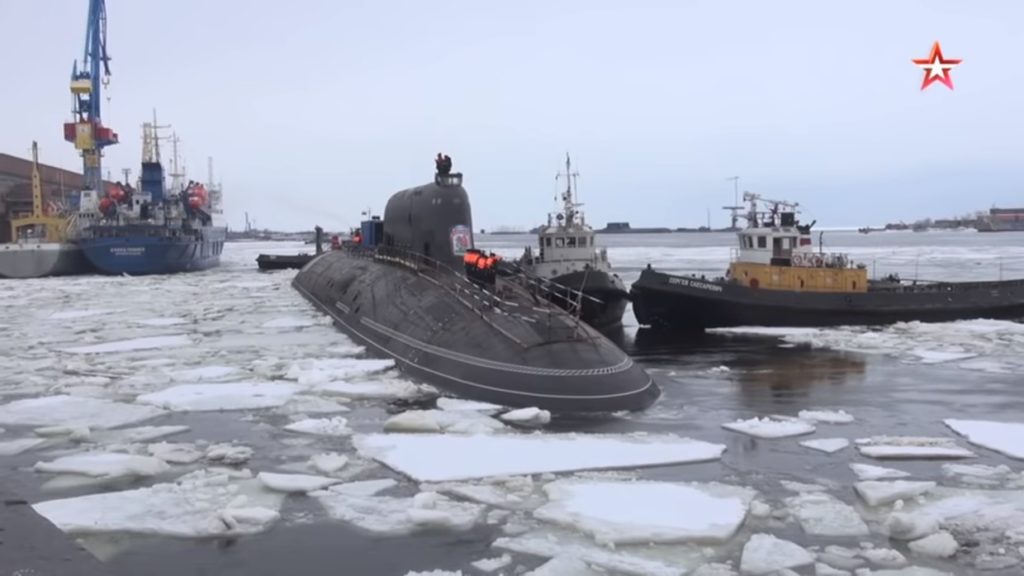
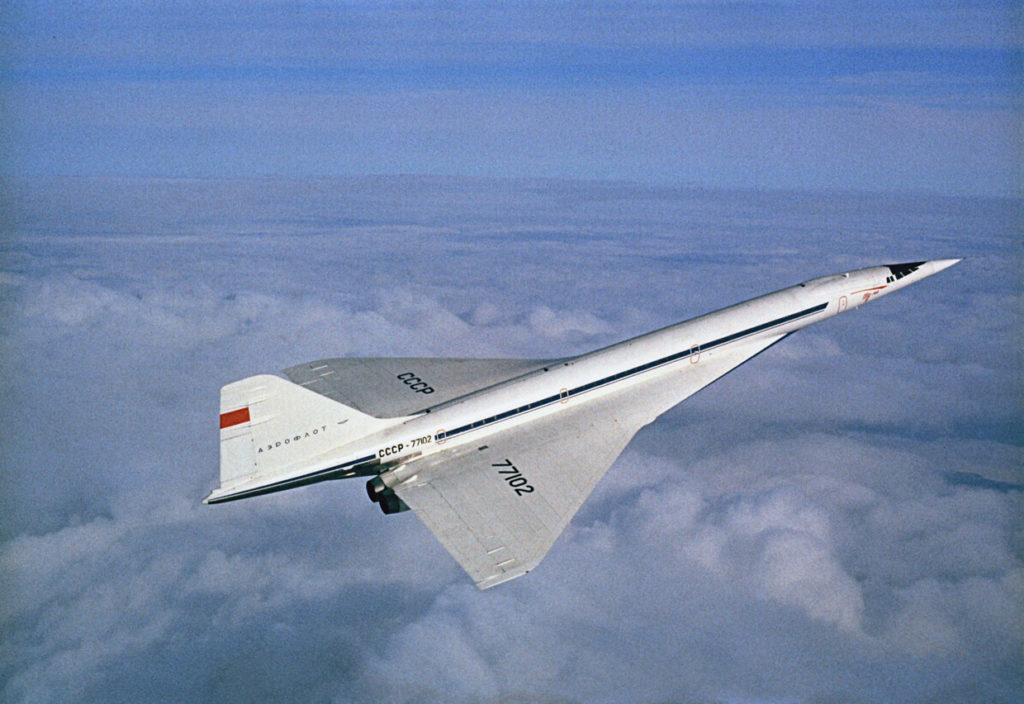
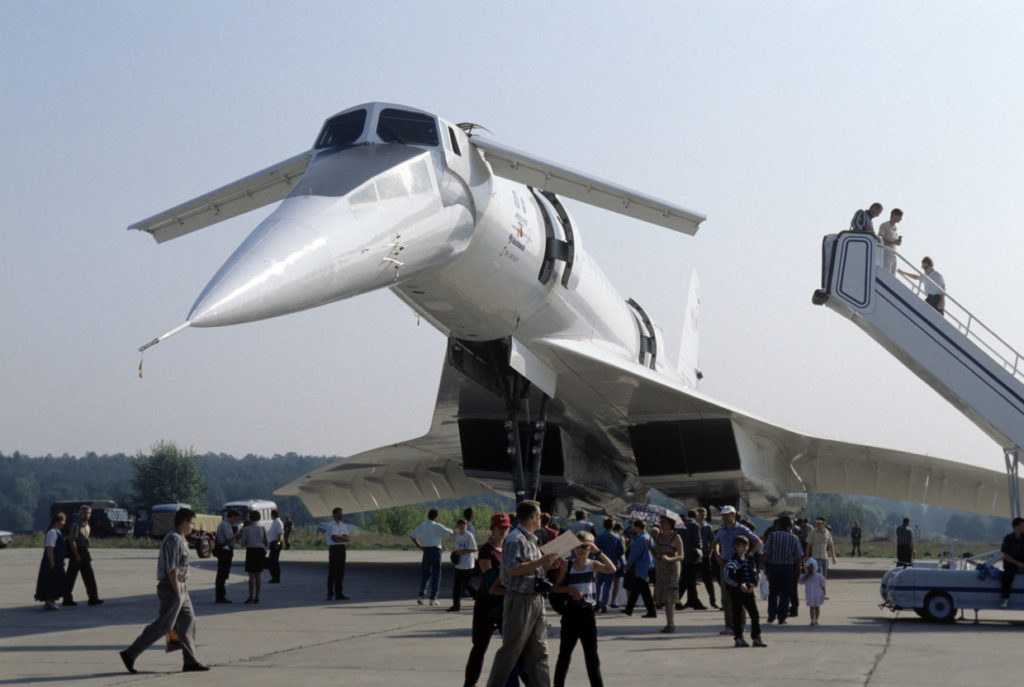
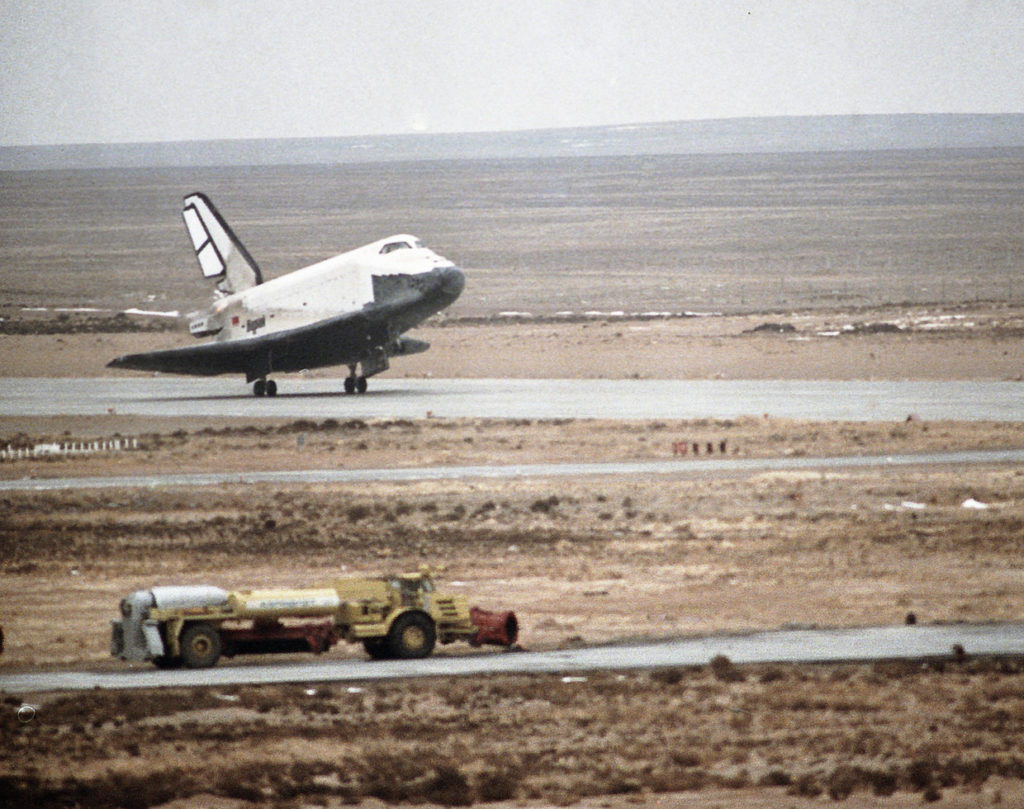
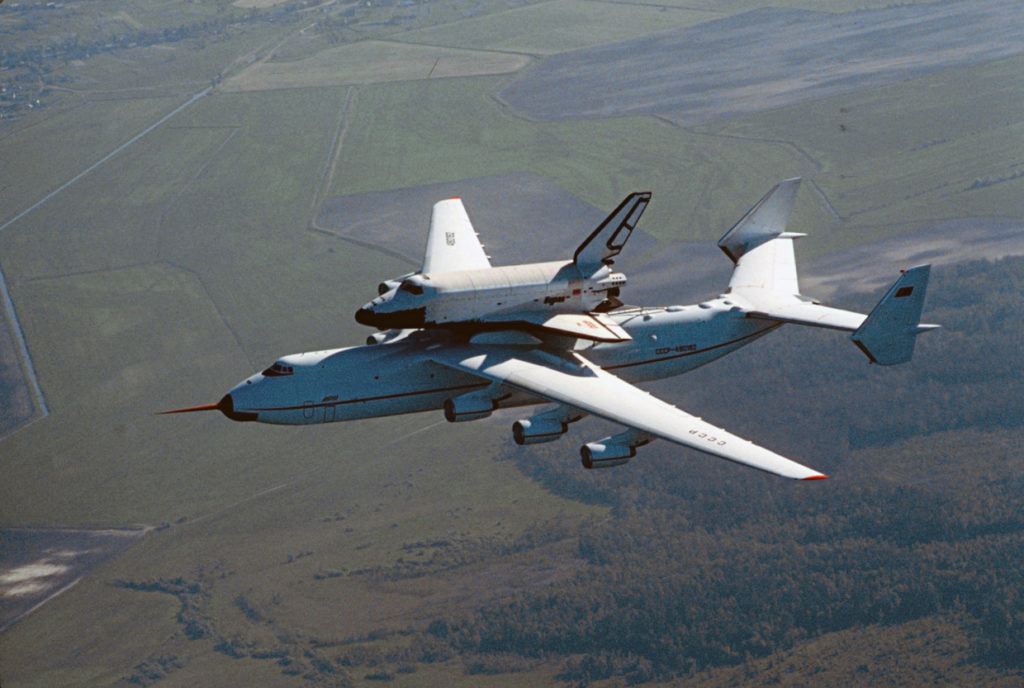
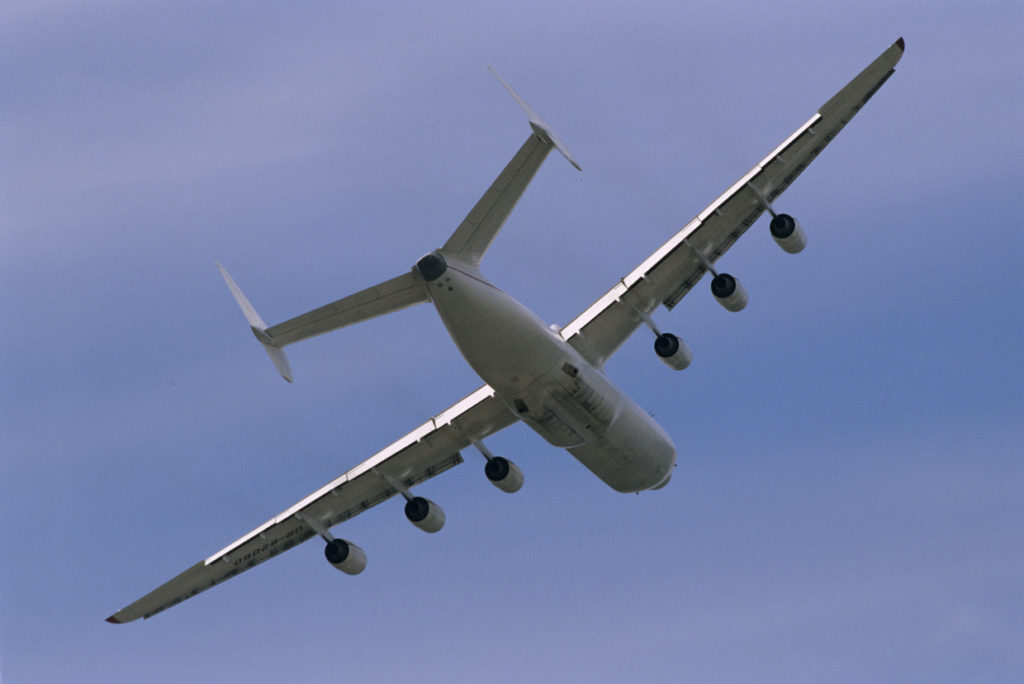
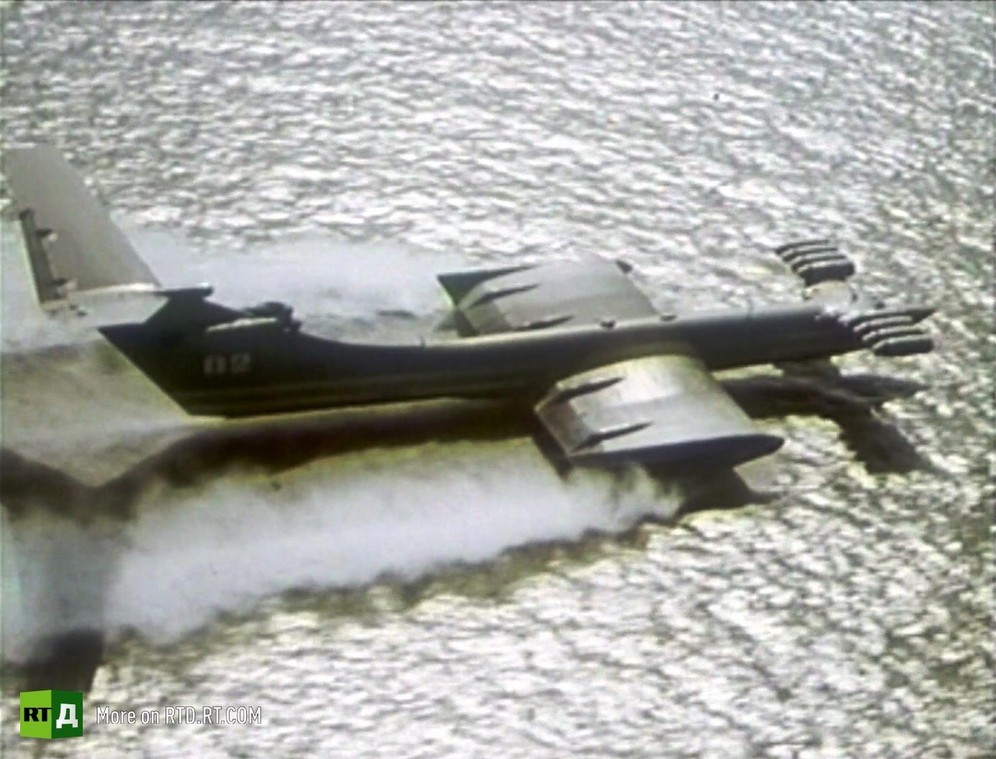
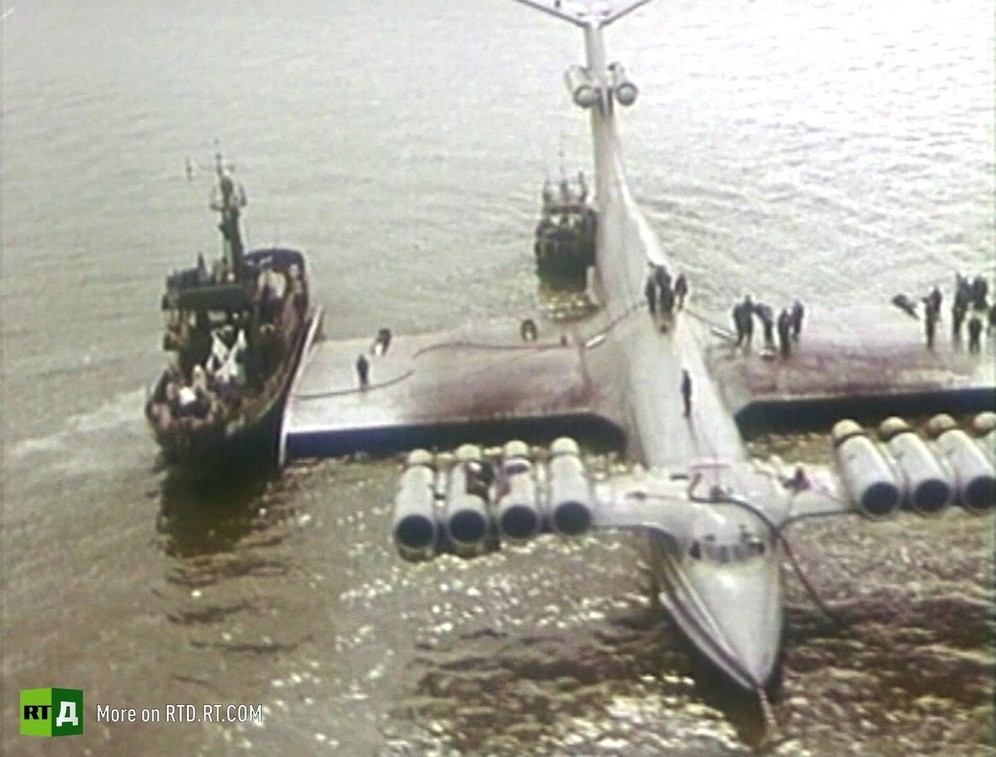
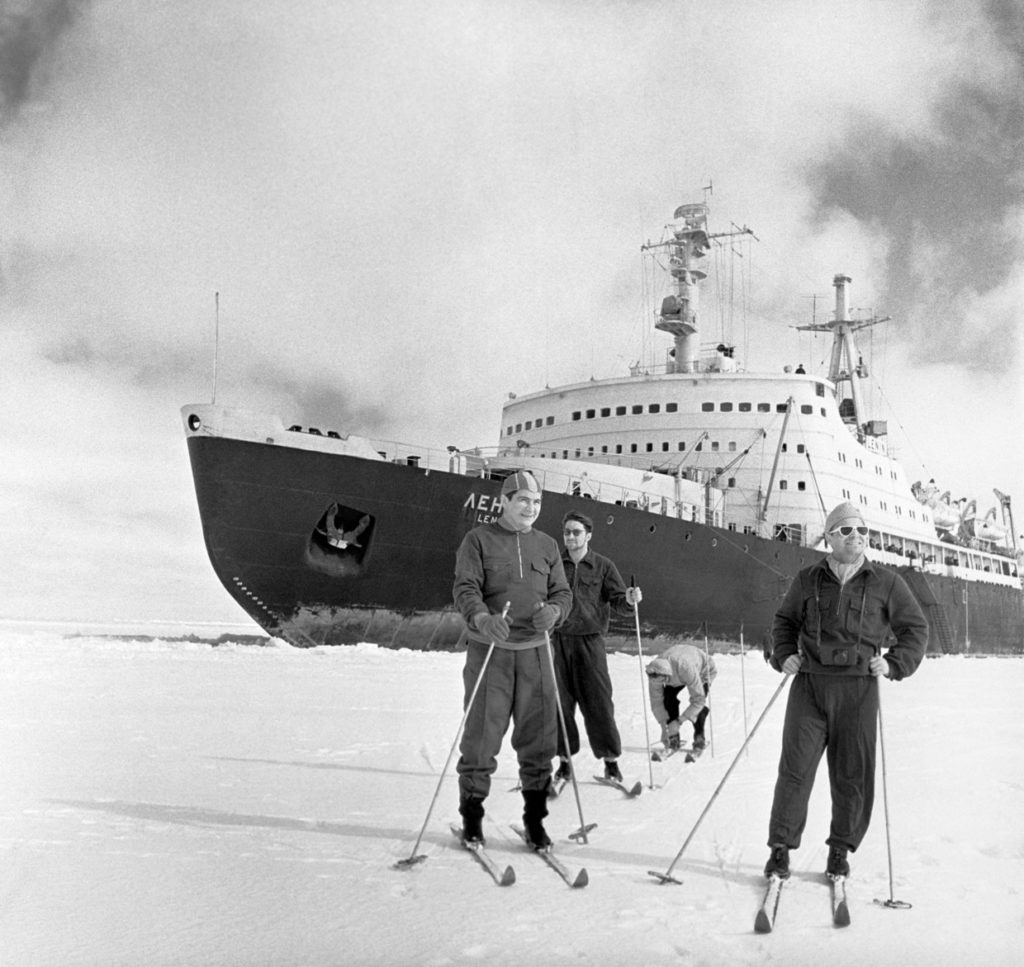
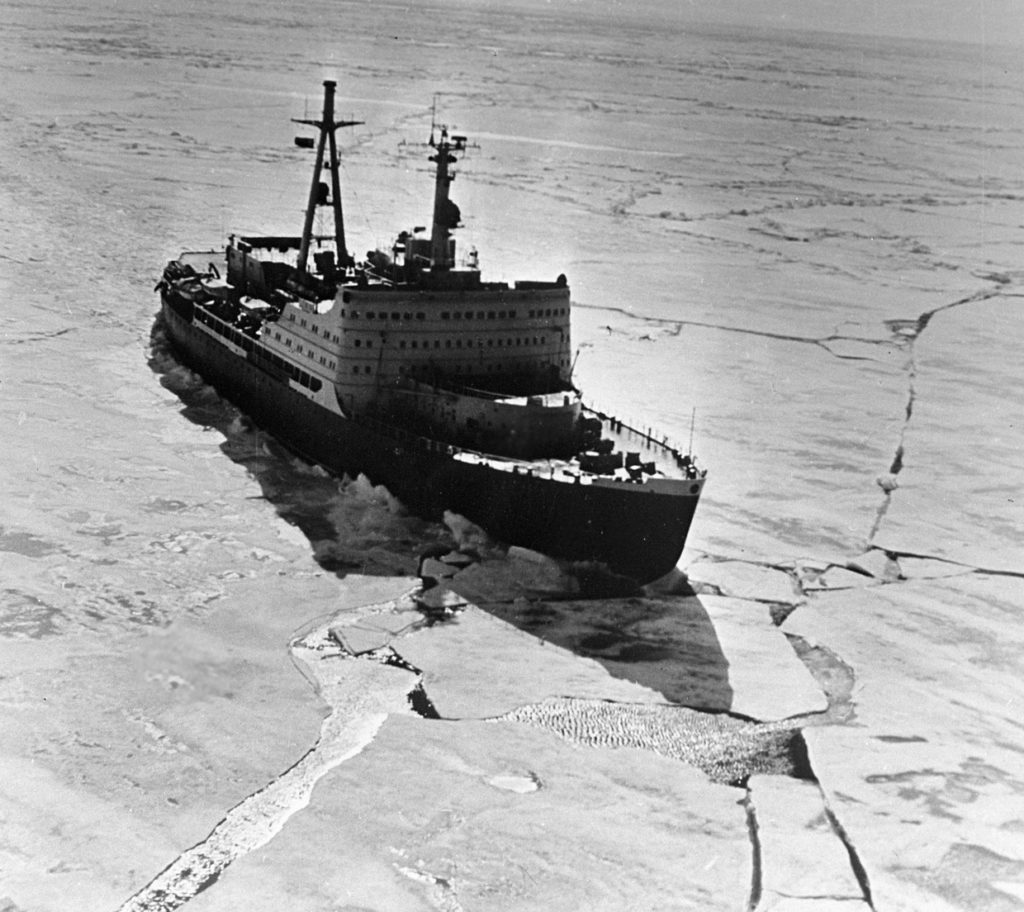



Excellent article…